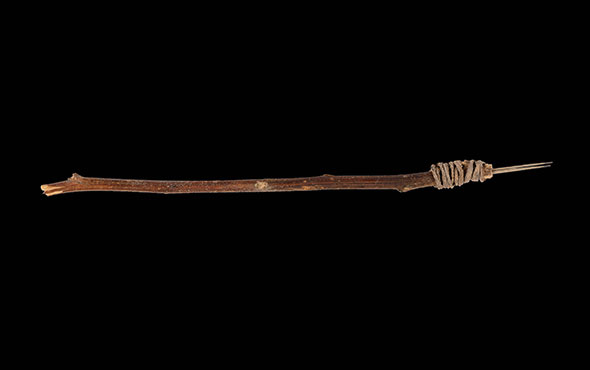
LEIPZIG, GERMANY—The Great Lakes Ledger reports that early humans may have obtained iodine, a nutrient required for cognitive function, from green aquatic plants. It had been previously suggested that early humans experienced major evolutionary developments while living in coastal areas, where they would have been able to obtain iodine-rich sea foods. However, Gottfried Hohmann of the Max Planck Institute for Evolutionary Anthropology and his colleagues observed bonobos living in the Congo Basin searching swamps for particular iodine-rich plants, and some gorillas and chimpanzees have since been observed gathering the same iodine-rich greens. Hohmann said the study could help scientists understand how early humans survived in what had been regarded as iodine-poor environments. For more on comparisons between great apes and humans, go to “No Changeups on the Savannah.”











